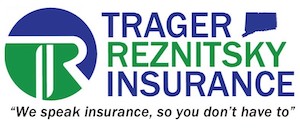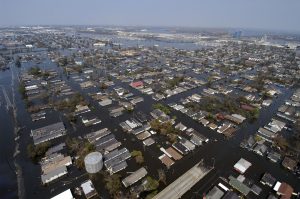We understand that there is not a lot of information out there when it comes to flood insurance. In this article, we go over some of the basics of flood insurance, what it covers, what it does not cover, what zones are commonly used and some of their attributes.
-
WHAT IS FLOOD INSURANCE:
In short, it’s exactly what’s stated. It’s insurance that covers unexpected flooding.
However, there are a few things you need to know to make sure yourself and your property are covered as best as possible.
Things to know:
- ALL properties are in a flood zone.
- Homeowners doesn’t cover flood insurance. What is does cover is certain types of water damage, like if yourwater pipes burst and flood your basement, but it won’t cover water damage caused by high inland or coastal tides, flash floods, mudflow, or other causes of natural flooding.
- For a loss to be considered a flood loss, there must be flooding that affects two or more properties and/or two or more acres that are normally dry must be flooded
- If you have a mortgage and your property is deemed to be in a flood zone, the bank will require you to purchase flood insurance.
-
WHAT FLOOD INSURANCE COVERS:
Building property coverage:
Building property coverage pays to repair or build flood damage to the structure of your home or detached garage with a limit of $250,000 under the federal program (NFIP).
The following parts of your home are covered under building property coverage.
- Your home’s structure and foundation
- Built-in appliances
- Furnaces and water heaters
- Central air conditioners
- Cabinets
- Plumbing and electrical systems
Debris removal and cleanup
Personal property coverage:
Personal property coverage pays to repair or replace damaged furniture, electronics, appliances, etc., with a coverage limit of $100,000 under the federal policies (NFIP).
With personal property coverage, the following items in your home are protected against flood damage:
- Clothing
- Furniture
- Electronics
- Window air conditioning units
- Portable appliances
- Washer and dryers
- Freezers
- Artwork, furs, jewelry, and watches
-
WHAT FLOOD INSURANCE DOES NOT COVER.
Flood insurance doesn’t cover flood damage that originates in your home. So, if your pipes were to break and flood your basement, you won’t be covered for cleanup or repairs under a flood insurance policy
Flood insurance also won’t pay for damages to the following:
- Precious metals
- Cash
- Trees and plants
- Fences
- Pools and hot tubs
- Patios and decks
-
THE 3 COMMON FLOOD ZONES; A, V, AND X.
Types of flood zones:
FEMA, who oversees the creation of flood zones, uses letters or a combination of letters to represent the flood zones. These letters or combination of letters dictate the severity of the zone. There are dozens of letters and combinations that are available; however, in practice, letters A, X, and V are the most used letters.
High-risk coastal: The Vs
- Coastal areas with at least a 1 percent or greater chance of annual flooding
- During a 30-year mortgage, properties will have at least a 26 percent chance of flooding.
- If you have a mortgage or are applying for a mortgage, the bank will you require you obtain flood insurance.
- The cost of a flood insurance policy will be more than that of a similar property located in Zone X.
High-Risk Non-coastal: The As
- Are areas that have at least a 1 percent annual chance of flooding.
- Over the course of a 30-year mortgage, properties in Zone A have at least a 26 percent chance of flooding.
- Some areas in Zone A can also have preventative measures in place, but an increased risk of flooding can still exist.
- The cost of a flood insurance policy will be more than that of a similar property located in Zone X, but will cost less than a similar property located in Zone V
Low-Risk Areas: The X
- Areas with less than 1 percent annual chance of flooding.
- If you are going through the mortgage process or have a mortgage, flood insurance will not be required by a bank.
- Areas with a 1 percent annual chance of stream flooding and drainage areas of less than one square mile.
- Flood insurance in Zone X is the least expensive compared to the other zones.
-
SUMMARY.
In summary, this article broke down the basics of flood insurance. In practice, there can be a lot more complexities involved when it comes to purchasing flood insurance. However, it is important to understand that every property is at risk of flooding, even those located in the low-risk zones. Furthermore, the frequency of flooding has been increasing over the years. If you have any questions regarding flood insurance, please do not hesitate to contact us or your current agent/carrier.

